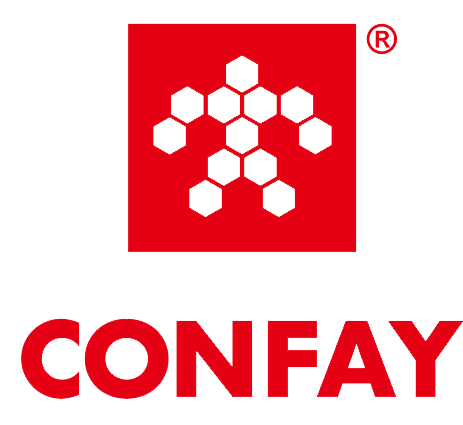Best Practices for Using PUR Hot Melt Adhesives
When it comes to bonding materials in various industries, PUR (Polyurethane Reactive) hot melt adhesives have gained popularity due to their exceptional performance and versatility. However, to maximize their effectiveness and ensure safety, it's essential to follow best practices during application. This article will explore key strategies for using PUR hot melt adhesives effectively.
Understanding PUR Hot Melt Adhesives
PUR hot melt adhesives are thermoplastic adhesives that, when heated, become liquid and can bond to various substrates. Upon cooling, they solidify, creating a strong, durable bond. Unlike traditional hot melts, PUR adhesives cure through moisture in the air, making them ideal for applications where durability is critical.

Best Practices for Application
1. Surface Preparation
Before applying PUR hot melt adhesives, ensure that the surfaces to be bonded are clean, dry, and free from contaminants such as dust, oil, or grease. Proper surface preparation enhances adhesion and overall bond strength.
2. Correct Temperature Settings
Each PUR adhesive has a recommended application temperature. Adhering to these guidelines is crucial, as too high a temperature can degrade the adhesive, while too low a temperature can lead to poor adhesion. Use a reliable adhesive applicator to maintain consistent temperatures.
3. Moisture Control
Since PUR adhesives cure through moisture, controlling environmental humidity is vital. Ideally, the ambient humidity should be between 30% and 80%. In very dry conditions, consider using a humidifier to optimize the curing process.
4. Application Techniques
Apply the adhesive evenly to avoid weak spots in the bond. Techniques can vary depending on the materials and the type of joint being formed. Whether using a roller, spray, or bead application, ensure consistent coverage for optimal results.
5. Curing Time
Allow adequate time for the adhesive to cure fully before subjecting the bond to stress or load. While PUR adhesives can set quickly, full strength is typically achieved after several hours. Refer to the manufacturer’s guidelines for specific curing times.
6. Safety Precautions
Always wear appropriate personal protective equipment (PPE) when handling PUR hot melt adhesives. This includes gloves, goggles, and masks to prevent exposure to fumes or contact with skin. Ensure proper ventilation in the workspace to minimize inhalation risks.
7. Storage Conditions
Store PUR adhesives in a cool, dry place, away from direct sunlight and heat sources. Proper storage extends the shelf life and maintains the adhesive's quality. Check the manufacturer's recommendations for specific storage guidelines.
8. Testing Bond Strength
Before full-scale production, conduct bond strength tests to ensure the adhesive meets the application requirements. This step is crucial for identifying any potential issues early in the process.
Conclusion
Using PUR hot melt adhesives can significantly enhance the strength and durability of your bonding applications. By following these best practices—such as proper surface preparation, temperature control, and safety precautions—you can ensure optimal performance and safety. Whether in packaging, woodworking, or automotive applications, mastering these techniques will lead to successful and reliable bonding results.
By implementing these best practices, you can take full advantage of PUR hot melt adhesives, ensuring strong and lasting bonds in your projects. Please feel free to contact us for more information or specific product recommendations. Our professional team of technical solution will be your strongest back up.

